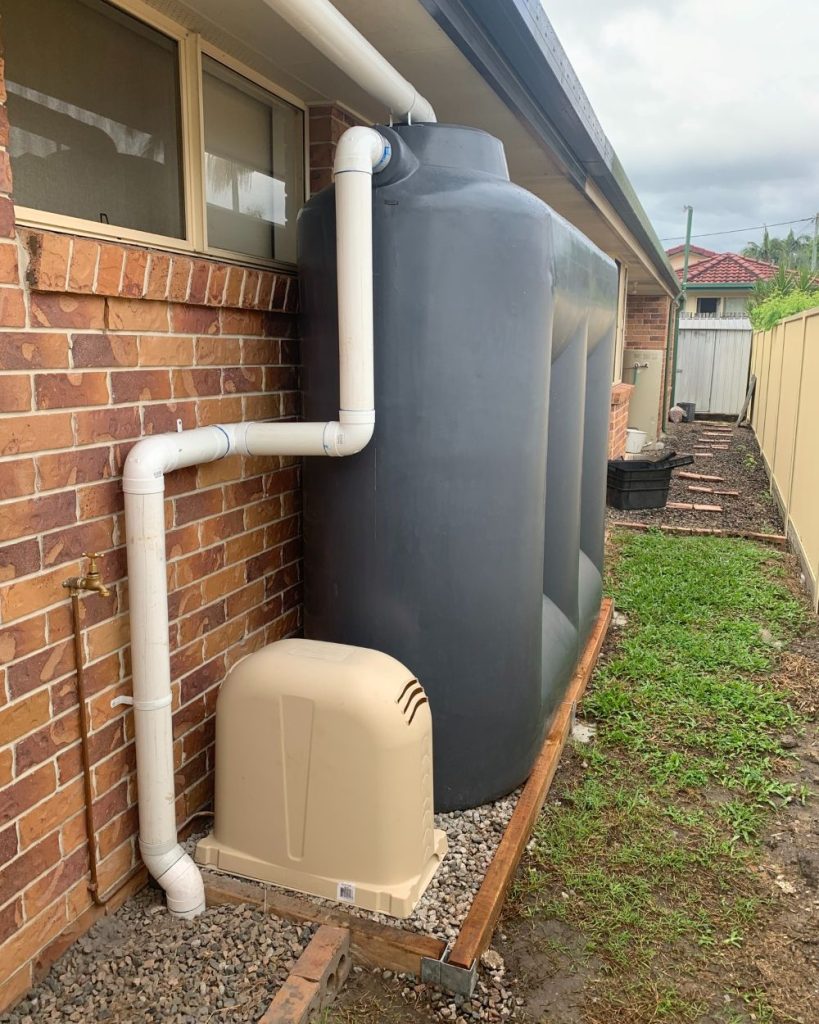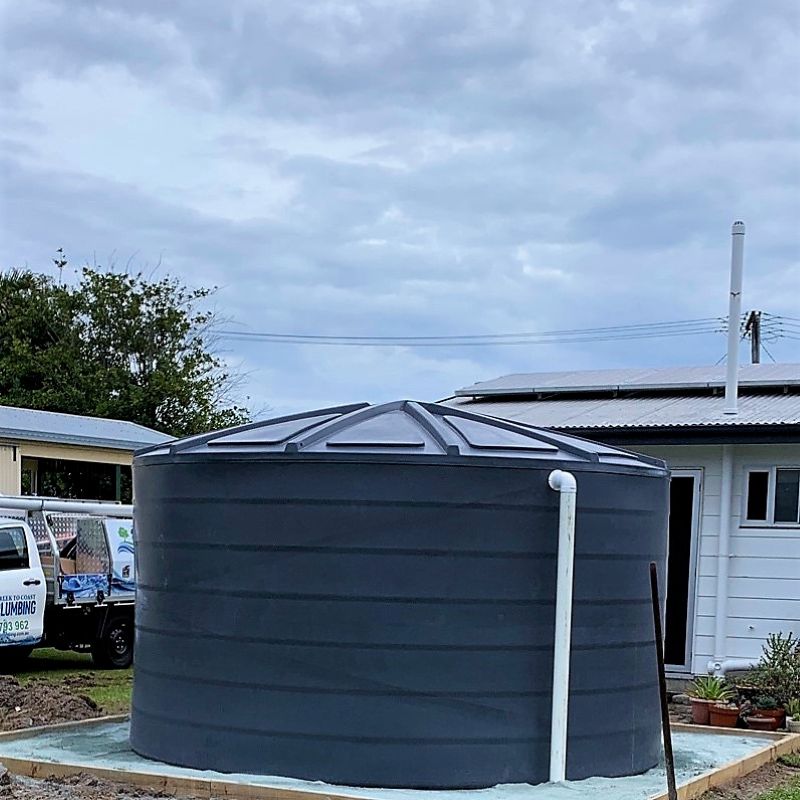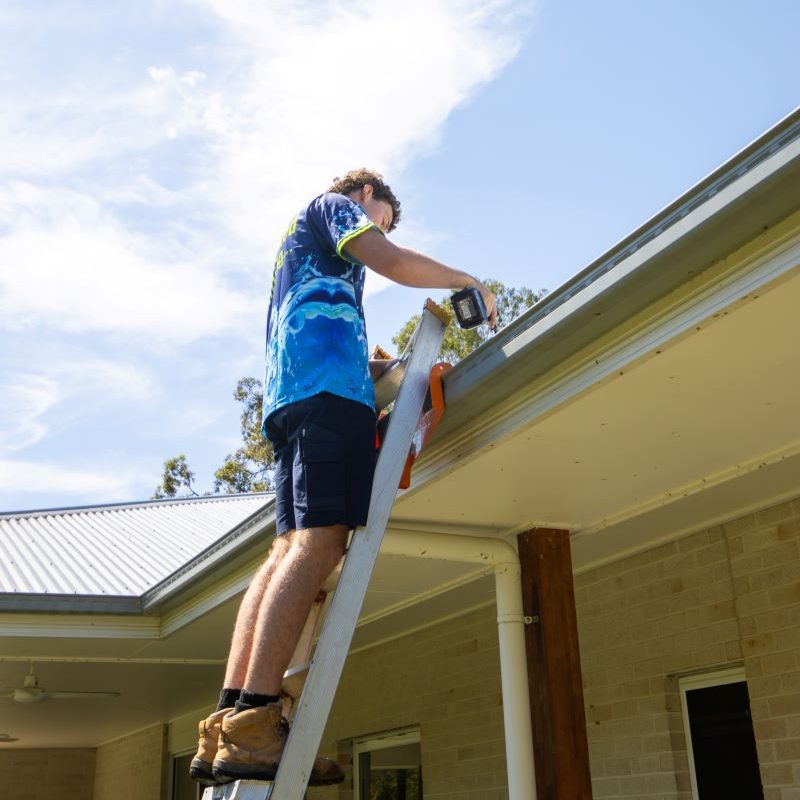Choosing the Perfect Rainwater Harvesting System Tailored to Your Lifestyle for Effective Water Conservation
In Queensland, a growing number of homeowners are embracing rainwater tanks as a strategic method to lower utility costs, reduce strain on local water resources, and create drought-resilient properties. Before making a significant investment in a rainwater tank, it is crucial to address a fundamental question: What is your actual household water requirement? Understanding your specific water needs is the first step toward a sustainable water management strategy.
At Creek to Coast Plumbing, we excel in helping homeowners design highly efficient rainwater harvesting systems. Determining the appropriate tank size is an essential part of this process to ensure optimal water collection and usage.

Enhance the Effectiveness of Your Rainwater Collection System
Assessing your rainwater collection potential is vital for successful water management. This potential is heavily influenced by two main factors: your roof area and the average annual rainfall in your region. A comprehensive understanding of these elements is essential for appropriately planning your rainwater harvesting system and maximizing water collection efficiency.
Here are some critical factors to keep in mind:
- Generally, for every square metre of roof space, you can harvest approximately 1 litre of water for every 1mm of rainfall.
- If your roof measures 200m² and your area receives 1,200mm of rain each year, you could theoretically collect 240,000 litres annually.
However, it’s essential to understand that this figure represents an ideal scenario. Various practical factors, including first flush systems, evaporation rates, roof slopes, gutter configurations, and overflow situations can all contribute to water loss.
We typically recommend planning for a collection efficiency of 80–90% to effectively accommodate these variables and ensure optimal water harvesting.
What Are Your Plans for the Utilization of Collected Rainwater?
At this point, practical considerations become paramount. Are you gathering rainwater solely for garden irrigation, or do you also intend to use it for toilets, laundry, or for all your household needs?
Here are several key factors to contemplate:
Calculating the Optimal Tank Size for Garden Irrigation Needs
If your primary aim is to irrigate lawns, vegetable gardens, or ornamental plants, a small to mid-sized tank (2,000–5,000 litres) should be adequate.
However, this largely depends on the size of your garden and the local rainfall patterns in your area.
In regions where short, intense rain showers frequently occur, larger tanks may be necessary to capture as much rainwater as possible during these downpours.
Effectively Utilizing Rainwater for Laundry and Toilet Applications
Households that incorporate rainwater for toilets and washing machines often find that 5,000–10,000 litre tanks yield substantial advantages. These appliances typically account for approximately 35–40% of internal water usage, leading to considerable cost savings over time. Using rainwater for these purposes contributes to overall water conservation efforts.
It’s crucial to include a pump and appropriate plumbing to connect these systems to your home, a service that Creek to Coast expertly manages as part of our comprehensive installation process, ensuring seamless operation.

Considerations for Efficiently Supplying Water to Your Entire Household
If your goal is to achieve complete self-sufficiency or supply rainwater to every faucet in your home, you will likely need 20,000 litres or more, depending on the size of your family. Larger tanks can also function as a backup water supply during fire emergencies, dry spells, or when hosting gatherings, ensuring that you have adequate water available at all times.
How Many Residents Live in Your Home?
A useful guideline suggests allocating around 150–250 litres per person per day when utilizing rainwater for general household purposes, including drinking, cooking, and sanitation.
- For a couple: a 5,000–10,000 litre tank is generally sufficient.
- For families of four or more: consider a 10,000–20,000 litres or larger to ensure an ample supply.
The number of residents in your household will directly influence how quickly your tank depletes, especially during dry spells when water conservation is vital for maintaining your supply.
Is Your Roof Area Adequate for Effective Rainwater Harvesting?
The size of your roof is critical in determining how much rainwater you can effectively collect.
A larger roof area enables a greater capacity for water harvesting.
Additionally, the configuration of your roof is also important. If your home features multiple roof sections that can direct water into a single tank, we can design an efficient downpipe system to optimize water capture from all accessible surfaces, maximizing your harvesting potential.
For smaller homes or townhouses, slimline or under-deck tanks might be the most suitable choice, and Creek to Coast can assist you in identifying the ideal solution tailored to your specific needs and space constraints.

Key Components: Optimal Placement, Guttering, and Overflow Management for Peak Performance
Effective rainwater harvesting involves much more than just the tank itself; it requires a well-integrated system for optimal results.
A well-crafted system necessitates:
- Robust, well-maintained gutters to prevent clogs and ensure smooth water flow
- Leaf guards and first flush diverters to maintain water quality and ensure safe collection
- Overflow systems that efficiently direct excess water away from your home’s foundations to prevent flooding
- A stable, level tank pad or stand to securely support the structure
Creek to Coast Plumbing offers comprehensive rainwater system installations, including enhancements to your gutters, pump connections, stormwater management solutions, and filtration systems to guarantee that your tank is secure and prepared for use right from the outset.
How Can You Ensure Cleaner and Safer Rainwater for Your Home?
We strongly recommend implementing a whole-house rainwater filtration system, especially if you plan to utilize your collected rainwater for more than just garden irrigation.
The Puretec Hybrid Plus systems, professionally installed by our team, effectively remove sediments, odors, tannins, bacteria, and adjust the water’s pH to reduce copper leaching and pipe corrosion. Discover the many benefits of water filtration for your harvested rainwater and ensure that it meets your household standards.
Making Thoughtful and Strategic Choices for Your Rainwater Tank Selection
Choosing a rainwater tank is not merely about selecting the largest option available; it’s about aligning your system with your roof size, the rainfall patterns of your area, and your specific water usage needs. A tailored approach ensures maximum efficiency and effectiveness in your water conservation efforts.
At Creek to Coast Plumbing, we have been dedicated to helping Queensland homeowners establish sustainable rainwater systems for over 30 years. From determining the ideal tank size and placement to providing comprehensive guttering and filtration solutions, we are committed to ensuring that you maximize every drop of precious rainwater.
The Article: Choosing the Right Size Rainwater Tank for Your Queensland Home first appeared on https://writebuff.com
The Article Choosing the Right Size Rainwater Tank for Queensland Homes Was Found On https://limitsofstrategy.com
The Article Choosing the Right Size Rainwater Tank for Homes in Queensland First Appeared ON
: https://ad4sc.com
No responses yet